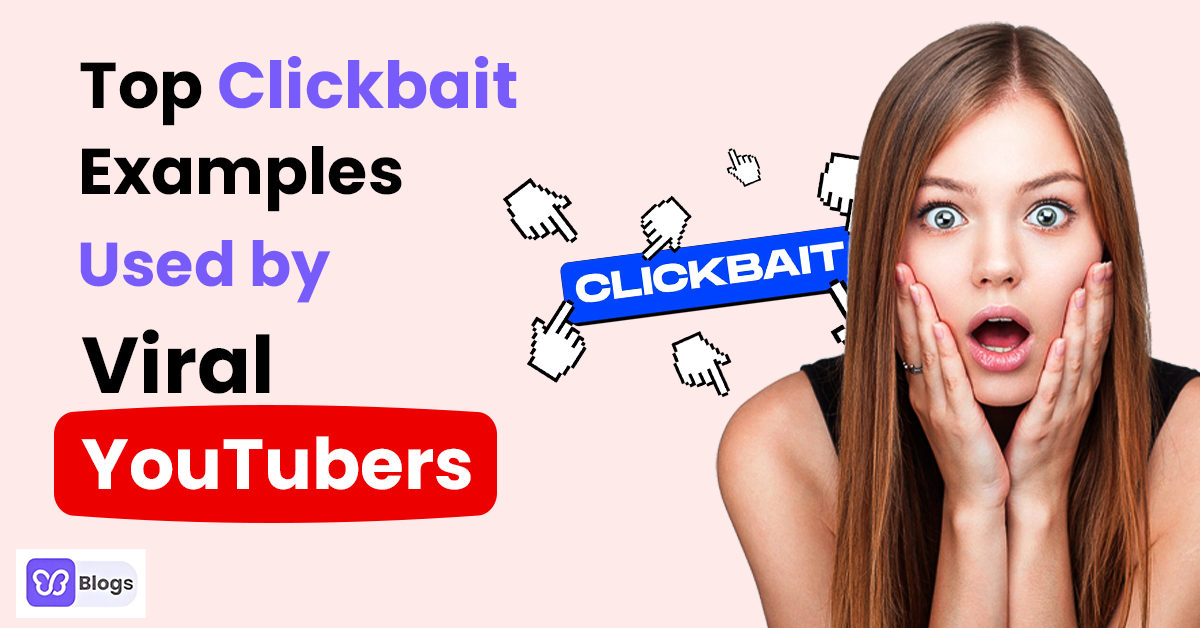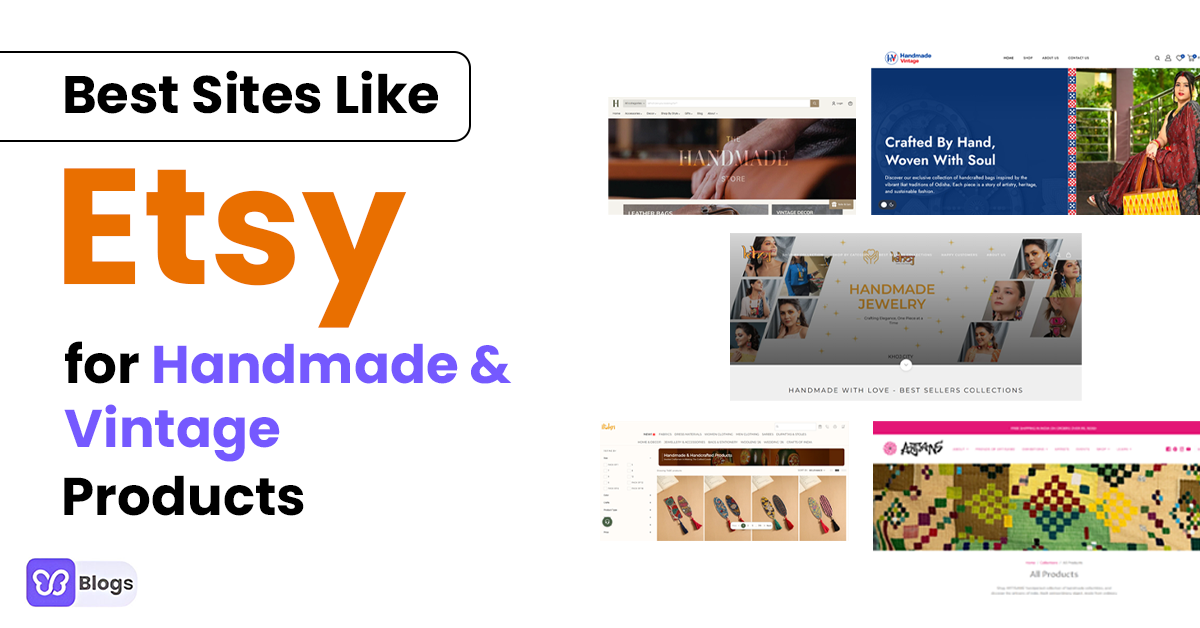Selling baby products involves several legal considerations to ensure compliance with safety regulations and protect both the business and customers. Key legal considerations include product safety regulations, intellectual property rights, consumer protection laws, data security, business licenses and permits, liability insurance, labeling and packaging requirements, international compliance, and continuous monitoring and compliance.
Compliance with safety standards established by regulatory authorities like the Consumer Product Safety Commission (CPSC) in the United States or the European Union's General Product Safety Directive (GPSD) is crucial.
Products must undergo safety testing by accredited laboratories and have recall procedures in place. Intellectual property rights include trademark compliance, copyright compliance, truth in advertising, and return and refund policies.
Compliance with consumer protection laws includes truth in advertising, clear communication of return and refund policies, and privacy and data protection. Business registration and licensing, liability insurance, and labeling and packaging requirements are also essential.
International compliance is crucial for selling baby products internationally, and continuous monitoring and compliance are essential. Consulting legal professionals or regulatory agencies in your jurisdiction can provide tailored guidance to your specific situation.
By addressing these legal considerations, you can establish a trustworthy and compliant business while selling organic baby products, ensuring the safety and satisfaction of your customers.
Product descriptions are essential for attracting customers and driving sales in your business. To craft compelling product descriptions, it is crucial to understand your audience, address pain points, focus on benefits, use descriptive language, create imagery, keep the text concise and scannable, incorporate SEO keywords, create a unique voice, tell a story, use social proof, and end with a clear call to action (CTA).
- Understand your target audience: Use words and phrases that resonate with them, such as parents' concerns, desires, and emotions related to their babies. Address pain points and highlight how your product addresses specific challenges or concerns.
- Focus on benefits: Highlight key features of the product, but focus more on how those features benefit the customer. Frame product features as solutions to common problems.
- Use descriptive language: Be specific, use descriptive adjectives and vivid language to paint a clear picture of the product. Create imagery to help customers visualize using the product by describing scenarios where the product would be useful or enjoyable for both parent and baby.
- Keep it concise and scannable: Use bullet points to highlight key features and benefits for easy scanning. Break up text into short paragraphs to improve readability.
- Incorporate SEO keywords: Use relevant keywords in your product descriptions to improve search engine visibility. Incorporate your brand personality, storytelling techniques, and social proof to build trust and credibility with your target audience.
- Test and iterate: Experiment with different approaches to product descriptions, headlines, and CTAs to see what resonates best with your audience. Monitor metrics like click-through rates, conversion rates, and time on page to gauge the effectiveness of your product descriptions and make data-driven improvements.
Boosting your Sales via Social Media
Social media can significantly boost baby product sales. To effectively promote your products and engage with your audience, choose the right platforms such as Facebook, Instagram, Pinterest, and YouTube.
Create engaging content, such as product showcases, educational content, and user-generated content, to showcase your products in use and solve common parenting challenges. Run contests and giveaways to encourage engagement and reward followers, and partner with influencers who specialize in parenting or baby-related content.
Offer affiliate marketing to influencers, earning commissions for each sale generated through their referral links. Engage with your audience by responding to comments, using polls and surveys to gather feedback, and utilizing shoppable posts and links.
Utilize Instagram's shopping features to tag products in posts and stories, and use links in your bios to direct users to your online store or promotional landing pages. Share customer testimonials and reviews to build trust and credibility, encouraging satisfied customers to leave reviews and share their experiences.
Analyze and optimize your social media strategy based on analytics tools to track metrics such as engagement, reach, and conversion rates. Continuously refine your strategy based on insights from analytics and experiment with different types of content, posting times, and promotional tactics to maximize results. By leveraging social media effectively, you can increase brand awareness, drive traffic to your online store, and ultimately boost your organic baby clothes and product sales in your own store business.
Tips for Social Media Marketing:
- Choose the Right Platforms: Facebook, Instagram, Pinterest, and YouTube are recommended platforms for promoting baby products.
- Create Engaging Content: Product Showcases, Parenting Tips and Advice, User-Generated Content, Contests and Giveaways, and Partnering with Influencers.
- Run Contests and Giveaways: Host contests or giveaways to encourage engagement and reward followers.
- Partner with Influencers: Collaborate with micro-influencers who specialize in parenting or baby-related content.
- Offer Affiliate Marketing: Offer affiliate partnerships to influencers.
- Engage with Your Audience: Respond to comments, and use polls and surveys to gather feedback.
- Utilize Shoppable Posts and Links: Use Instagram's shopping features to tag products in posts and stories.
- Share Customer Testimonials and Reviews: Share positive customer testimonials and reviews to build trust and credibility.
- Analyze and Optimize: Use social media analytics tools to track engagement metrics and adjust strategy accordingly.
- Use A/B Testing: Experiment with different types of content, posting times, and promotional tactics to optimize social media marketing efforts.
Scaling Your Baby Products Business
Expanding your product line can be a strategic way to grow your business, especially when selling baby products. When to expand your product line depends on factors such as stable sales and customer base, market demand, seasonal trends, competitor analysis, and diversification goals.
Conducting thorough market research can help identify potential product opportunities within the baby care niche while identifying reliable suppliers is crucial. Choosing products that fit well with your brand and appeal to your target audience can help you expand your product line. Start small by testing a few new products to gauge customer interest and demand. Develop a marketing strategy to promote your new products effectively, using various channels like website, email marketing, social media channels, and paid advertising.
Solicit customer feedback about your new products and monitor their performance closely to gauge satisfaction and identify areas for improvement. Monitor performance closely and use analytics to assess which products are performing well and which may need adjustments or discontinuation.
Iterate and expand your product line strategically based on your analysis and feedback. Regularly assess market trends and customer preferences to identify new growth opportunities.
By carefully balancing expanding your product range in line with your brand identity and target audience, you can strengthen your business and attract new customers while keeping existing ones engaged.







